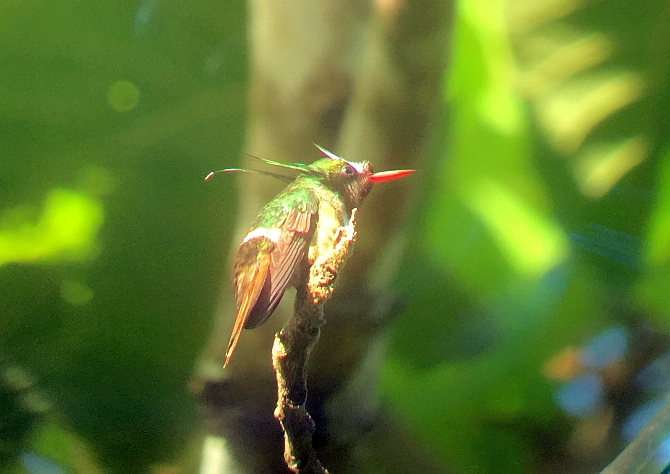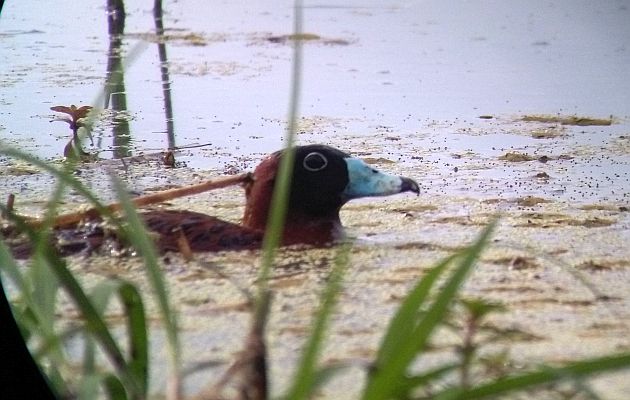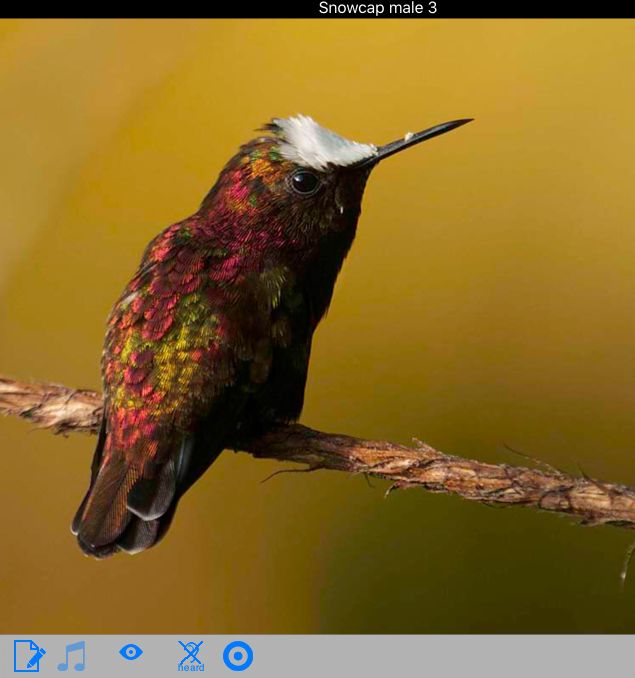According to the unwritten universal rules of birding, the best birds of the year are always the birds we see. That’s the default and it promotes positive living by placing the focus on appreciation but let’s be honest, yesterday’s House Sparrows just can’t compare with the Evening Grosbeaks of today, or three years ago, or even twenty years back.
Whether by appearance, frequency of occurrence, or personal choice, some birds can’t help but be more exciting than others.

In Costa Rica, thanks to a list of 900 plus species, there’s birds like the White-crested Coquette and lots of other excitement things to choose from.
Each year ends with a fine number of impressive sightings and in 2020, despite driving restrictions and closures, local birders still managed to connect with a healthy assortment of stand-out species. This is no doubt related to higher numbers of local, dedicated birders with cameras who spend more time in the field and thank goodness for that because if not, we would have missed the following best Costa Rica birds of 2020:
Waterfowl- Duck, Duck, Goose!
Sometime in spring, back when the closures were about to happen, Carlos Solano found a country first Red-breasted Merganser in a Caribbean coastal lagoon at the edge of Limon! I did not get a chance to see this major country tick but thankfully, lots of other birders did.
Around the same time, a female, second country record of Hooded Merganser turned up at Lake Arenal! Found by Ever Villegas, the first record in 2010 was a surprise, this second one even more so. With more eyes in the field, hopefully we will be in for more sightings of vagrant piscivorous ducks.
Speaking of other ducks, Diego Quesada of Birding Experiences and CaraCara found a mega rare White-cheeked Pintail this year in the Las Pangas area of southern Costa Rica.
As for the goose, that happened with the recent crazy sighting of an Orinoco Goose on the Tarcoles River. Found by Lori Haskell on a Jose’s Crocodile River Tour boat trip, luckily, the bird has stayed around and been seen by many other birders. I suspect that it’s a local escape but who knows? I hope it sticks around long enough for me to see it too.
Masked Duck

They live in Costa Rica and are seen every year but since I finally connected with this nemesis species in 2020, I have to mention it for personal reasons.
Tahiti Petrels
These cool tropical pelagic species are also regular in Costa Rican waters but I never heard of anyone seeing a flock of them! On a trip to Cocos Island, Serge Arias, Tom Shultz, Shelley Reeves, and others documented several of these petrels along with many other exciting species in a trip organized by Serge. He is organizing more birding trips to Cocos, there might be room!
Ruff (Again)
A Ruff was once again found and seen by several local birders at Las Pangas in southern Costa Rica, and in marshes of the Tempique basin in northern Costa Rica. Could there be more than one individual?
Hudsonian Godwit
No, we don’t get this one often! According to information about birds fitted with transmitters, during Hudsonian Godwit migration, most “Hudwits” fly from the rich deltas of western Colombia all the way to the Isthmus of Tehuantepec. These power flyers mostly skip over Costa Rica but once in a while, maybe even every year, a few birds make a stop on the Pacific coast of this birdy nation. Birders have to be in the right place at the right time, this year, in May, one was found in mudflats near Paquera.
Gray-hooded Gull
We have very few records for the country but maybe it shows up more often than we realize? In 2020, a Gray-hooded Gull was found by McKoy Umana at Punta Morales. As luck would have it, Mary and I arrived shortly thereafter and had excellent looks at this country mega.
White-crowned Pigeon
With a Caribbean coast, you might expect this species in Costa Rica. But, we since we don’t have any islands on the Caribbean coast, this island-loving pigeon species is a rare find indeed. I suspect it occurs here and there along the coast more often but with so many inaccessible areas to search, the few birds that may be present go unseen. Last year was good for this rarity in Tortuguero as was 2020.
Burrowing Owl!
Not new for the country list but given its century plus absence, without a doubt, bird of the year. Found by Beto Guido and some other, lucky, local birders at an open habitat hotspot near Orotina in early December, it unfortunately was not seen the following day despite 60 or so birders intently searching for it.
Since the owl happened to be found in a spot heavily checked by birders that also looks like many other spots, I figured more are probably around. It could be one or two or even five more birds but since they have huge areas of suitable habitat to choose from, who is going to find them? As luck would have it, an experienced guide did find the same or a different individual at Palo Verde National Park! I bet a few more are out there, I hope we get a chance to look for them.
Gray-headed Piprites
Yes, a resident species but yes, also one of the most difficult and little known birds in Central America. Sites near Rancho Naturalista can be good for it and once in a while, a piprites occurs on the trails of this classic birding eco-lodge. In 2020, a Gray-headed Piprites showed up at Rancho and has been reliable for several months. Several local birders finally connected with this rare species, we sure hope it sticks around!
Savanna Sparrow
A slight, streaked little brown bird might not seem exciting but it’s a rare one for Costa Rica! It look like at least a couple of Savannas were seen at La Ceiba, the same spot as the Burrowing Owl. Once again, thanks to dedicated local birders, especially Beto Guido, this rare bird for Costa Rica was seen by many people.
As with every year (and the unwritten rules of birding), there are lots of honorable mentions. These include the Western Gull at Puntarenas, the Aplomado Falcon from Fortuna, the Palm Warbler seen that same day, the Prairie Warbler and Black-throated Blue Warbler seen in highland sites of the Central Valley, along with the usual Paint-billed Crakes, Bare-necked Umbrellabirds, cotingas, hawk-eagles, and so much more. I hope you make it to Costa Rica in 2021, let’s look forward to more birds in a more positive year!











